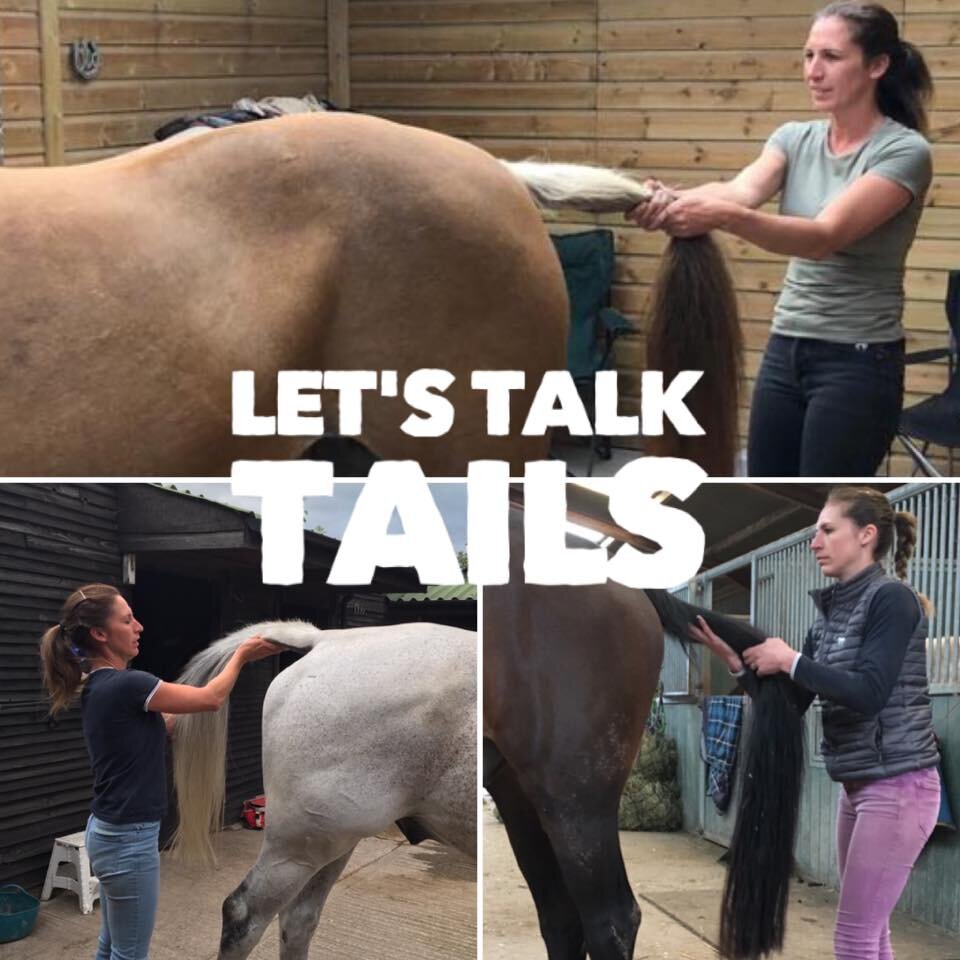Let's talk about your horse's tail
Today I would like to talk about the tail 🐎
Clients are often surprised when they see me massage and mobilise the tail during treatments 😮
In my mind this is a very important part of the treatment particularly with horses that are tight through the hamstring group of muscles, which includes the Semitendinous muscles.
It is the Semitendinous muscles that control the movement of the tail.
The horse’s tail is a continuation of your horse’s spine and can tell us quite a bit about our horse’s physical and emotional well being 🤔
Your horse’s tail protects them by covering the anus (and urethra in mares) from the elements and from flies 🦟
▪️A raised tail can indicate excitement, exuberance or arousal
▪️A clamped tail can indicate ill health, pain, fear, or muscular tension
▪️A swishing tail can indicate irritation, fear, pain or resistance
▪️A tail held to the side can indicate muscular tension in the hindquarters or further up through the back
If your horse is reluctant to have their tail handled or lifted, for example when putting on their rugs, it could be a sign of muscular tension through the hindquarters and in particular the hamstrings 👎🏻
Don’t ignore what your horse’s tail is telling you, if your horse is reluctant or ‘grumpy’ having their tail handled there will be good reason and it could well be muscular tension 😟
Equine Massage Therapy and follow up ‘homework’ exercises provided by your therapist can help make your horse more comfortable and make these issues a thing of the past ✔️
If you think Equine Massage Therapy could benefit your horse please do get in touch to find out more or to book an appointment 📲

